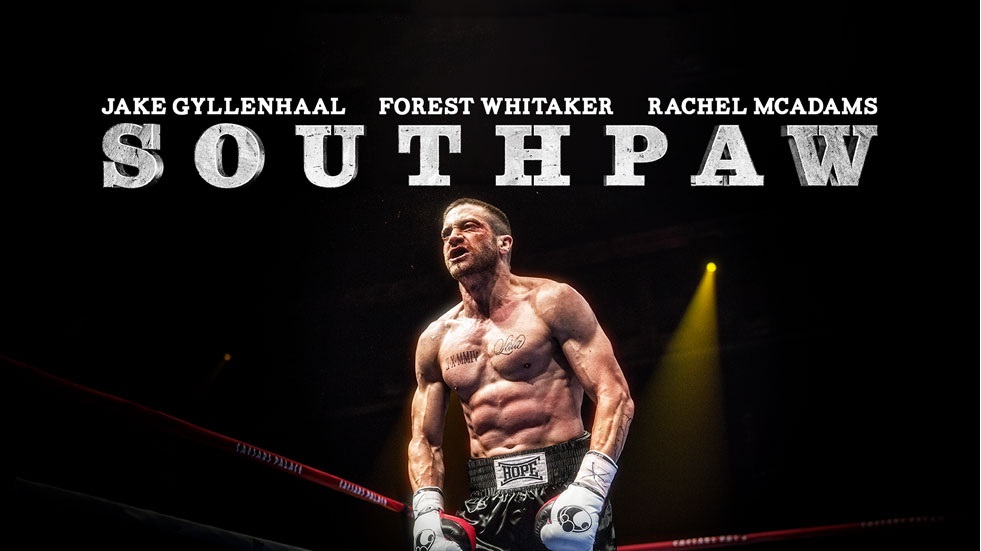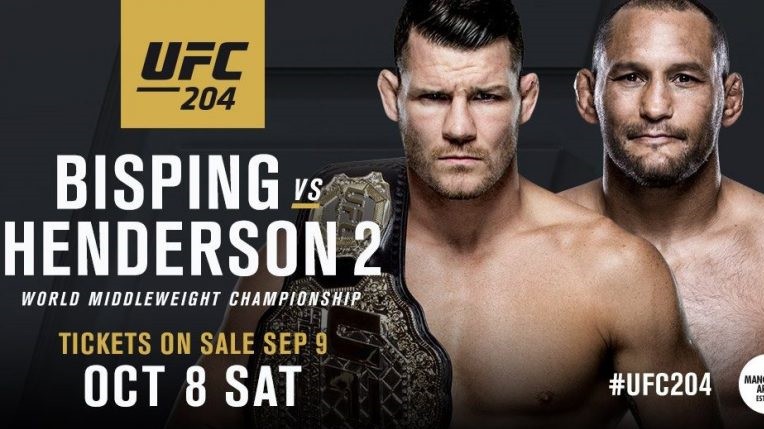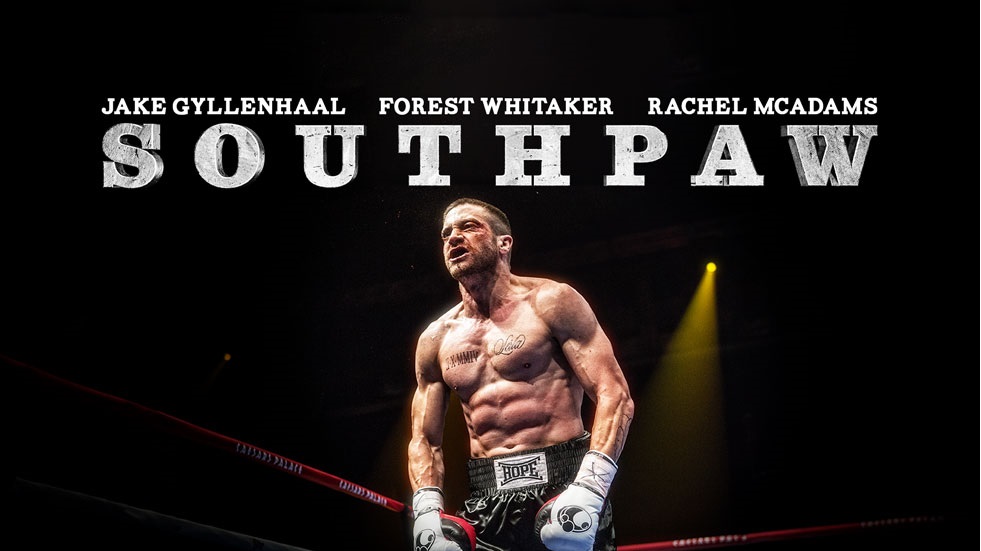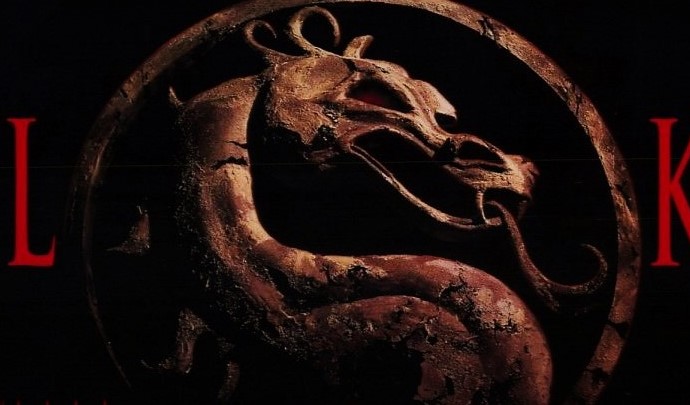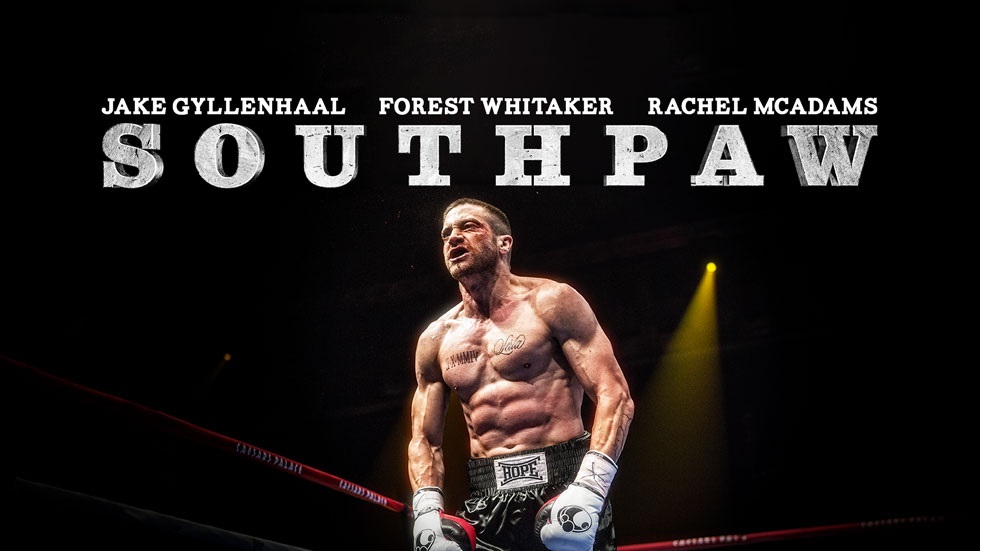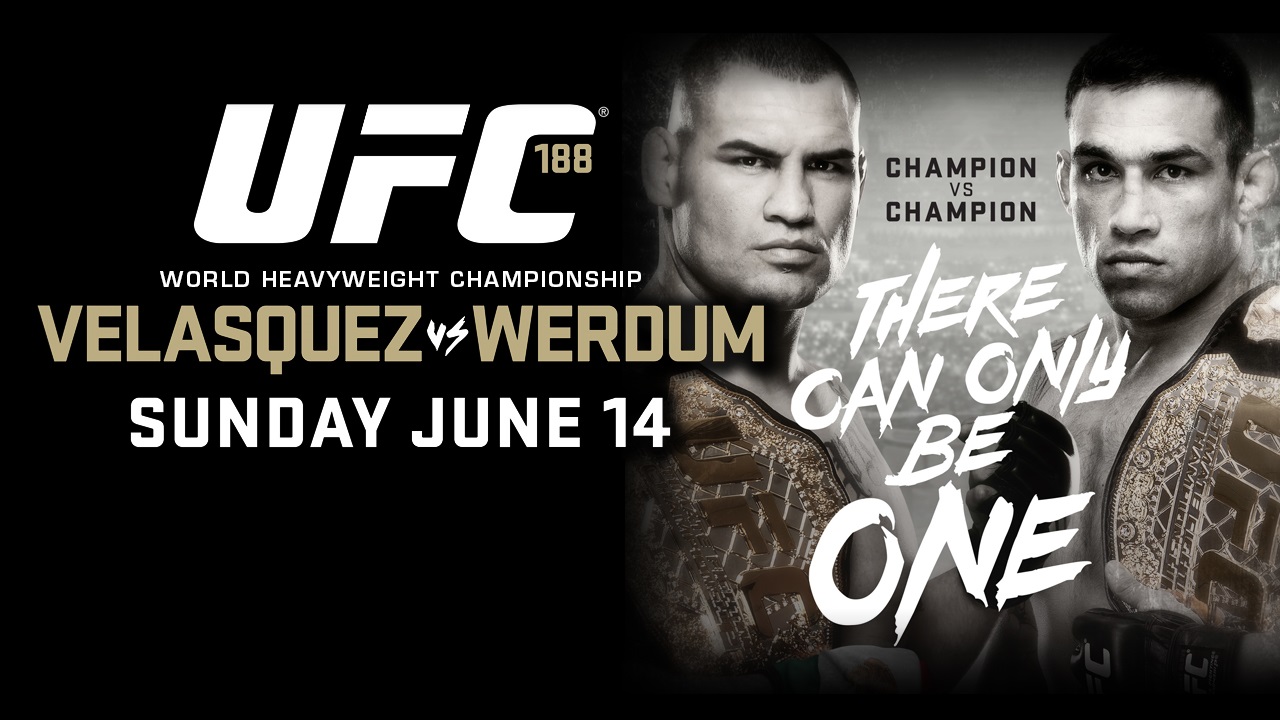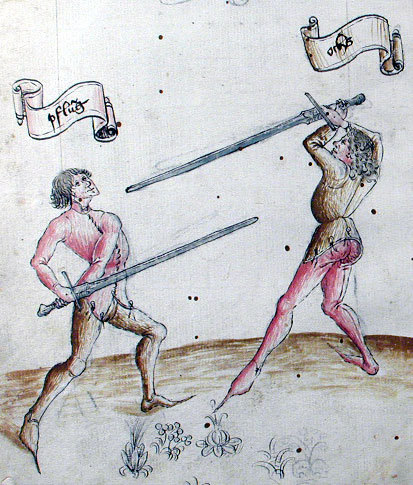
Anybody who is a martial arts nerd like myself will remember when Unified Weapon Master released their high tech armor that fully protects the wearer while also calculating and rating the weapon damage.
The web was abuzz with hype. The armor seemed to be a veritable panacea, finally allowing for full contact weapon combat without the risk of injury. Soon I will be writing an article about how rulesets and protective gear affect the efficacy of martial sports. Every rule and piece of gear ultimately has an effect upon the tactics used. It is up to the rule-makers to find the balance between safety and martial effectiveness. Needless to say, there are many theoretical and practical problems that arise when practicing a martial sport in full armor, but for now let’s put these concerns aside.
The issue I want to focus on today, and the thing that many don’t realize is, that everything that this armor promised already existed. There is nothing new under the sun, the only problem is exposure and interest. Below you will find my list: 3 Badass Martial Arts You’ve Probably Never Heard Of.
1. Dog Brothers Martial Arts and Kali Tudo
Kali, Arnis, and Escrima are all names given to the Filipino Martial Art that the Dog Brothers system is based off of. The system is primarily focused around combat with short sticks called rattan sticks that can be wielded in one or both hands. In addition to this, Escrimadors train with knives, machetes, and staves. The beauty of Filipino Martial Arts is that ideally the same principles that apply to weapons are also applied to empty handed techniques. Although they do compete, they tend to compete in full gear comparable to kendo uniforms.
In contrast, participants in the Dog Brothers system wear the following:
- Elbow Pads
- Knee Pads
- Fencing Mask
- Lacrosse Gloves
Why does it matter?
This minimal use of gear offers several advantages. It allows for full contact without risking too much injury, it provides nearly full mobility; and it still includes the pain of combat and the fear that comes with it.
Although the Dog Brothers’ gatherings are not true competitions, they do have a live training methodology and they use quite a deal of resistance. They also incorporate all of the melee fighting ranges: weapon, kicking, punching, clinching, and grappling. By incorporating all ranges, there are no illusions about what someone of a particular style can or cannot do. Particularly impressive are the use of strikes with the Punyo (pommel) against someone who is within your guard.
2. Historical European Martial Arts (HEMA)
The term “Martial Art” seems synonymous with asian cultures, but this is not the case. In addition to the very rich western martial arts of Boxing and Wrestling, there are many others with histories as rich as any eastern martial art. These are collectively known as Historical European Martial Arts or HEMA. HEMA is very intimately tied with the study of history, and the argument can be made that even though HEMA does not boast an unbroken lineage, it is more “authentic” than any asian martial art.
Where secrecy seems to be the hallmark of many Asian martial arts, this is not as much of an issue with their western counterparts.The study of HEMA is done through reading manuscripts dating from 1300-1800 C.E. and applying them to practice.
Why does it matter?
The benefit of this study is that the techniques are verifiably those used during the period where melee combat was the norm. There is no watering down of the art. However, this leads to the problem that because there is no unbroken lineage, people are relegated to learning and interpreting from books and images, which we all know is not very effective.
In addition, because there is no dogma tied with the training, modern practitioners are able to adapt and interpret the techniques as they wish. Allowing them to come to their own understanding of the various arts and adopt modern effective training practices. This results in an effective training style that becomes a very good marriage between the ancient and the modern.
3. Team Fighting Championship (TFC)
The TFC is a martial sport where teams of five fight against each other. The team with the last man standing wins. Unfortunately how this currently plays out is more like five 1v1 fights. I would argue that what matters isn’t what actually happens, it’s what can happen. For instance, when the UFC started, anyone who knew how to grapple better won. This forced the styles to evolve. Now that every UFC fighter is competent in grappling, exceptional striking has increasingly been able to make its way into the art.
Why does it matter?
The biggest question left in unarmed combat isn’t “What’s effective in real combat?” All of the illusions have been shattered. In the early days of MMA we learned that people can have their eyes gouged and go on to win, and getting hit in the balls can be nearly meaningless when under the influence of adrenaline. Now that those questions have been answered we don’t need to see them addressed in the MMA arena anymore. It’s simply too brutal.
Now the question is, “What works against multiple opponents?” Many hardcore MMA fans say that the most effective martial art for self-defense will be the same one that is most effective in 1v1 combat. I do not necessarily agree. I believe that if the TFC is able to continue, we will see an evolution similar to that seen with the UFC. Slowly people will learn strategies, and the fights will start to look less like 5 1v1 fights and more like a true 5v5. There will be strategies that are used when you are outnumbered and there will be strategies used for when you outnumber your opponent.
So, what is effective for weapon fighting and fighting while outnumbered? We can theorize about it all we want, but the truth is that none of us know. That is why these competitions are so essential. Many people claim they know. Now, let’s see them prove it.
Bonus:
A word of warning. If you thought this article was bullshit and that your martial art is so deadly that it cannot be used in any competition, don’t be fooled. If you can’t even win a fight without using deadly techniques, are you really as good as you think you are? Any art that cannot be tested, cannot be proven.






